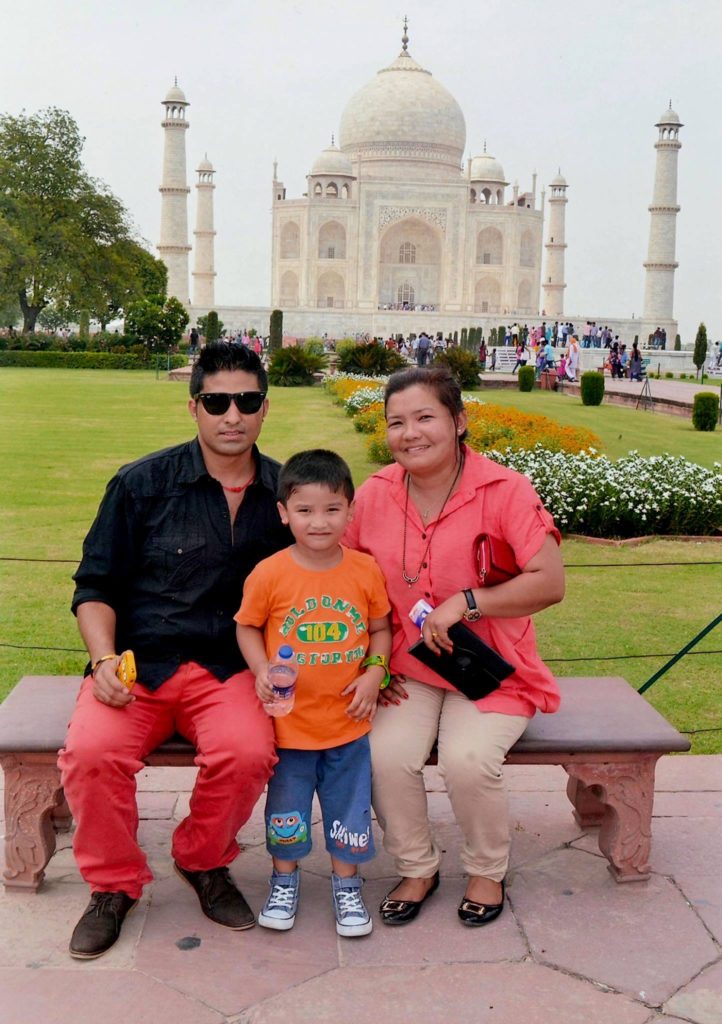
Early in the morning, the staffs of Hotel Roma Delux (New Delhi) informed us to get prepared as we were planning to go Taj Mahal today. It was our most awaited and exciting travel journey in India. Taj Mahal is considered as one of the wonders of the world which is situated in Agara of Uttar Pradesh state in India.
Our car was already at the gate of Hotel to take us to the beautiful monument of love. Anita and Kaustuv were also so excited to visit that place though Kaustuv has a motion sickness in long distance travel. Our driver was a Nepali and he explained everything in detail. But before going to Taj Mahal we hired an indian guide which explained everything. I had already read about the story behind this beautiful place, but today I wanted to take you to the monument to the greatest love ever built, the TAJ MAHAL located in the city of Agra (India) … but … I wanted to take you to visit This place in a different way, I wanted to tell you the love story about the monument.

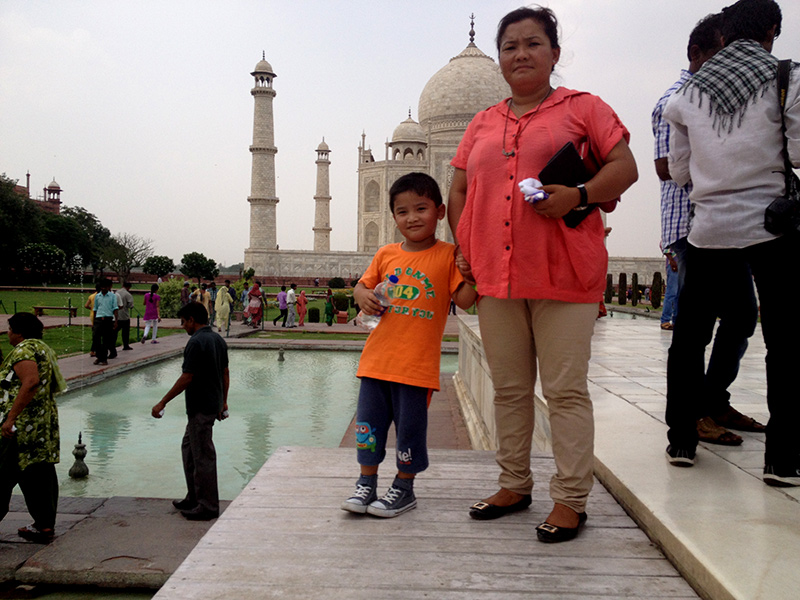
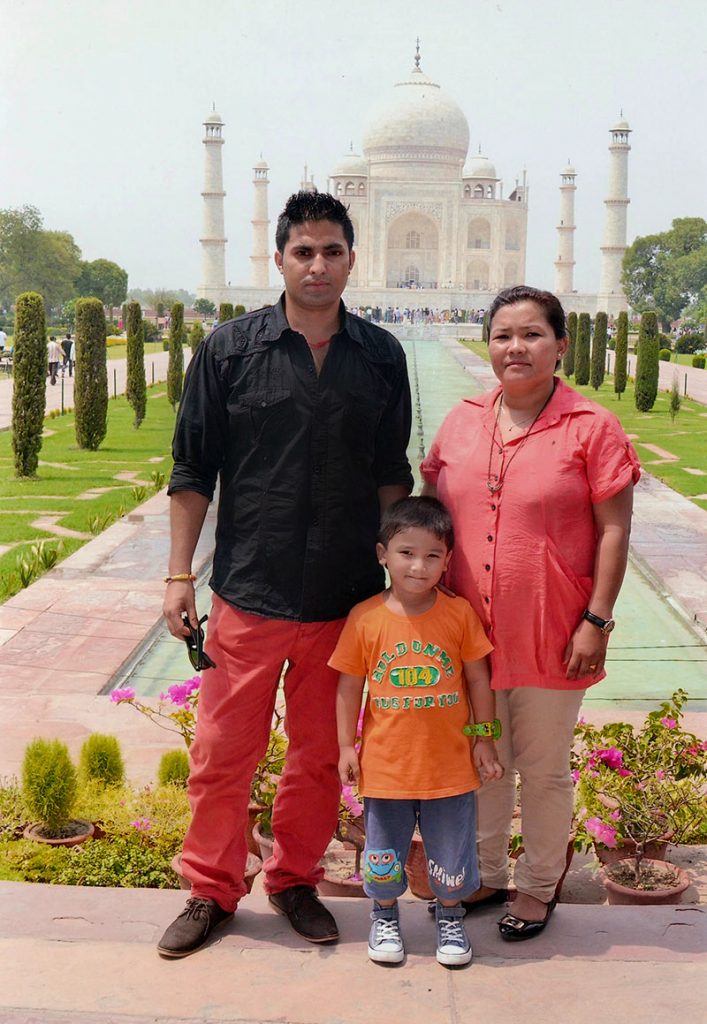
For this story I have two protagonists that although they seem extracted from a novel, … are real characters, these are Shah Jahan (Prince Khurram) and his beloved Mumtaz Mahal (Arjumand Banu Begum).
The Taj Mahal is a magnificent monument in the heart of India and has a history that has been melting the hearts of millions of listeners since the time when the Taj Mahal became a reality. One story, which although ended in the year in 1631, continues to live and to be present in the grand Taj Mahal, which is regarded as a living example of eternal love.
This is the love story of Shah Jahan and Mumtaz Mahal, two historical characters who are the example of how to live the present and how to leave a beautiful legacy in the future. An English poet, Sir Edwin Arnold described it very well as “It is no more than a piece of architecture, like other buildings, … but the passion of love of a proud emperor made the stones come alive.” I am counting and I finish telling you below shows why Sir Edwin’s description was so correct and true.
Shah Jahan , originally called Prince Khurram, was born in 1592. He was the son of Jehangir, the fourth Mughal emperor of India and the grandson of Akbar the Great. The story goes that in 1607, Prince Khurram decided to walk through the Meena bazaar, accompanied by a series of courtesans sycophants, then Shah Jahan (the prince khurram) caught sight of a girl in a silk dress together To a stall selling glasses.
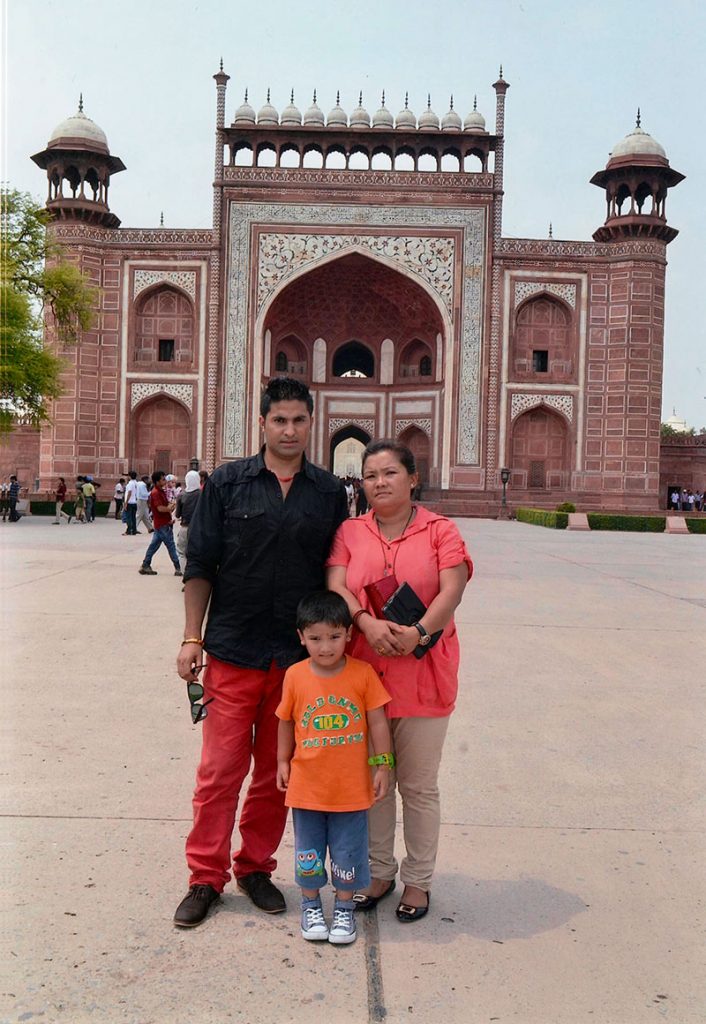
It was love at first sight , the girl was our other protagonist of the story, Mumtaz Mahal, which was known at that time as Arjumand Banu Begum. At the time, he was 14 years old and she, a Persian Muslim princess, was 15 years old. It was such a “crush” that, after talking with her, Shah Jahan turned to his father and said without further and without thinking much that he wanted to marry her. And yes, … marriage and love was sworn and sealed after five years, that is, in the year 1612.
It was in the year 1628 , when Shah Jahan became the emperor and thereby entrusted the royal seal to his wife and love Arjumand Banu. He also awarded her as the title of Mumtaz Mahal, which means the “Jewel of the Palace”. And although – part of his culture – Shah Jahan had other wives too, Mumtaz Mahal was his favorite, which was the only one that accompanied him everywhere, even in the military campaigns.
Unfortunately , it was in the year 1631, when Mumtaz Mahal gave birth to their 14th child, she passed away due to some birth complications. While Mumtaz was on her deathbed, Shah Jahan, promised that he would never marry again and that he would also build the richest mausoleum on her grave.
It is said that Shah Jahan was so dismayed after the death of his beloved Mumtaz Mahal that he ordered the court to mourn for two years. During this time, Shah Jahan began to fulfill his promise and began to erect the most beautiful monument in the world in the memory of his beloved.
The construction of the Mausoleum took 22 years and the work of 22,000 people. When Shah Jahan died in 1666, his body was placed in a tomb next to that of Mumtaz Mahal. This magnificent monument then became known as the “Taj Mahal” (Crown Palace) and now counts among the Seven Wonders of the World.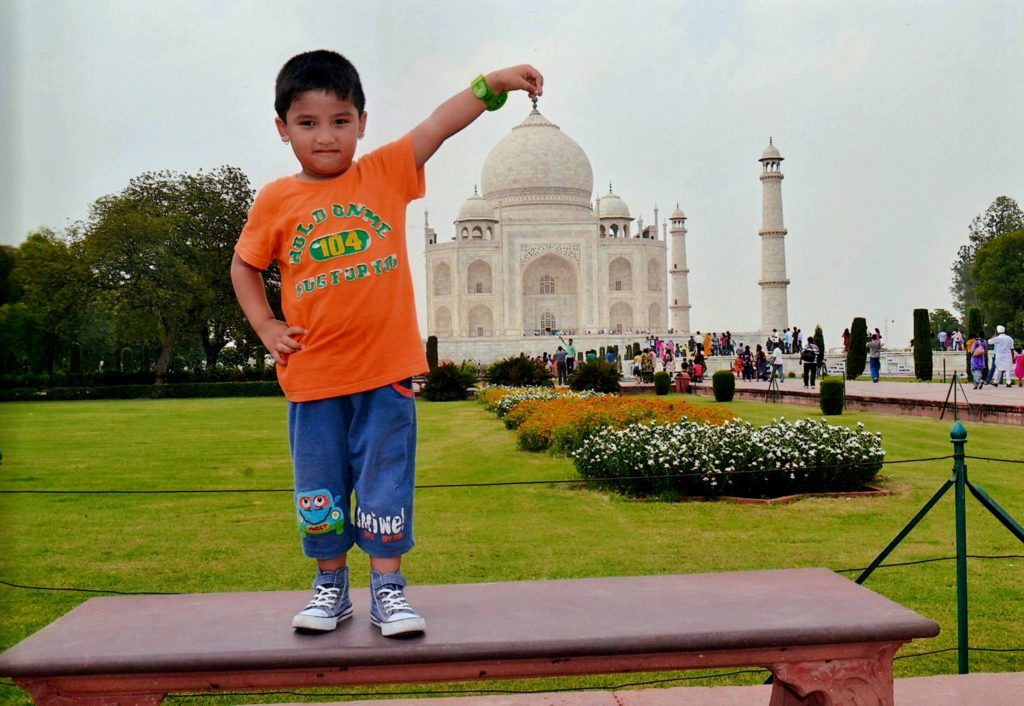
This is the true story of the Taj Mahal of India, which has captivated many people with its captivating beauty. All that love story has been engraved on the polished stones of the Taj Mahal for all eternity. Recognized for its architectural magnificence and aesthetic beauty, it is proud to be among the most wonderful creations of man and always included in the list of the most important wonders of the world.
For people all over the world, the Taj Mahal, the mausoleum of Mughal Emperor Shah Jana’s wife, Mumtaz Mahal, is synonymous with India. Its soft curvature of the dome and the square base on rests the remains of Shah Jana and Mimtaz Mahal are the image of hundreds of brochures and travel books. The “Taj” is undoubtedly one of the most spectacular buildings in the world.
The main artifice of this jewel was the Iranian architect Istad Usa, it is possible that the work of the hard stone was coordinated by an Italian artist.
As data (some already mentioned above), construction began in 1631, for which more than 20,000 workers and master craftsmen worked laboriously for 22 years to shape the emperor’s passionate dream!
The material was brought from all over India and Central Asia, according to the writings, a fleet of 1,000 elephants was used to transport the material to Agra. The complex was finally completed in 1653 at a cost of 32 million rupees (about 60,000 Euro) on the banks of the Yamuna River in Agra, the capital of the Mughal kings.
Although … the beauty of the Taj Mahal is also “polluted” by the bloody fact that the hands of some of the master craftsmen were amputated, to ensure that the perfection of the Taj Mahal could never be repeated again!






